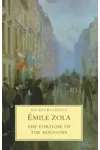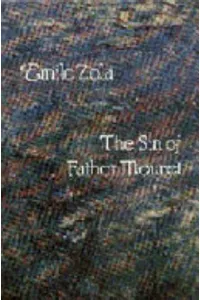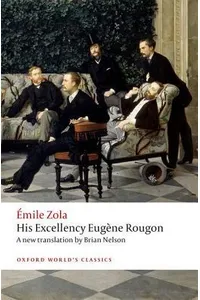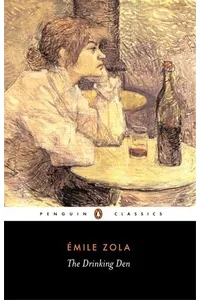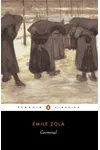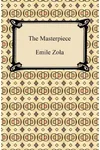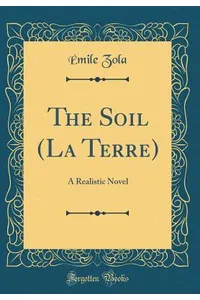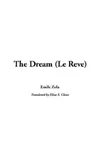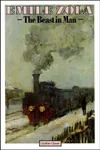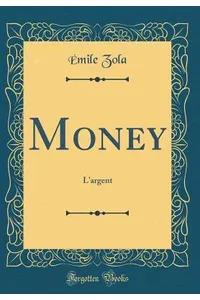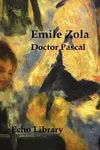Step into the vibrant, tumultuous world of the Rougon-Macquart series, where Émile Zola weaves a sprawling tapestry of family, ambition, and society’s underbelly in 19th-century France! This 20-novel cycle, a cornerstone of literary naturalism, follows the Rougon and Macquart families through the Second Empire, blending gritty realism with unforgettable characters. Ready to explore a saga that captures the pulse of an era?
Zola’s masterpiece isn’t just a story—it’s a bold experiment in dissecting how heredity and environment shape lives, from glittering Parisian salons to grimy mining towns. With its vivid prose and unflinching look at human nature, Rougon-Macquart remains a literary gem that still sparks fascination today.
How Rougon-Macquart Began
In the 1860s, Émile Zola, a young journalist with a passion for science and social reform, set out to create a literary monument. Inspired by Balzac’s La Comédie Humaine and Darwin’s theories, he envisioned a novel cycle that would trace a single family’s fortunes across generations, exposing the forces of biology and society. Published between 1871 and 1893, the Rougon-Macquart series became his life’s work, blending meticulous research with a storyteller’s flair.
Zola’s ambition was audacious: to paint a panoramic portrait of France under Napoleon III, capturing its class divides, moral decay, and industrial upheaval. He dove into archives, interviewed workers, and even visited mines to ensure authenticity, making each novel a vivid snapshot of its time.
The Heart of Rougon-Macquart
The series kicks off with The Fortune of the Rougons, where the family’s origins unfold amid political scheming in a Provençal town. It sets the stage for the Rougons’ rise to wealth and the Macquarts’ descent into poverty. Another standout, Germinal, plunges into a coal-mining community, exposing brutal labor conditions and class strife through the tragic lens of Etienne Lantier. Nana dazzles with its tale of a courtesan’s rise and fall, critiquing the decadence of Paris’s elite, while The Belly of Paris explores the bustling Les Halles market, weaving themes of greed and survival.
Zola’s naturalist style—raw, detailed, and unflinching—grounds these stories in vivid settings, from smoky taverns to opulent mansions. Themes of heredity, addiction, and social inequality run deep, showing how environment shapes destiny. Yet, the series isn’t bleak; its rich characters, like the fiery Gervaise in L’Assommoir, brim with humanity, making their struggles resonate across centuries.
The Second Empire backdrop, with its political instability and rapid modernization, frames the saga, but Zola’s insights into ambition, love, and betrayal feel timeless. Each novel stands alone, yet together, they form a cohesive chronicle of a family and a nation in flux.
Why Rougon-Macquart Resonates
The Rougon-Macquart series reshaped literature, cementing naturalism as a bold new lens for exploring society. Zola’s fearless critique of class, corruption, and human flaws influenced writers like Dreiser and Sinclair, while his vivid storytelling still captivates readers. Scholars praise the series for its historical depth, and fans cherish its emotional intensity, making it a touchstone for literary enthusiasts.
Its legacy endures in adaptations, from films to stage plays, and in classrooms, where it sparks debates about nature versus nurture. In an age of social divides, Zola’s sharp observations feel as relevant as ever, inviting us to reflect on our own world.
About Rougon-Macquart
- Publication Years: 1871–1893
- Number of Books: 20 novels
- Key Genre: Literary Naturalism
- Setting: France’s Second Empire (1852–1870)
Ready to dive into this epic saga? Grab The Fortune of the Rougons and lose yourself in Zola’s dazzling, dramatic world of Rougon-Macquart!
